Table of content
Blanching mushrooms—a seemingly simple culinary step—has sparked endless debates among home cooks and professional chefs alike. The question of whether to submerge these fungi in cold water or plunge them into boiling hot water might appear trivial, but the answer carries significant implications for texture, flavor, and nutritional value. This article delves into the science, techniques, and cultural practices surrounding mushroom blanching, offering a comprehensive guide to help you decide the optimal method for your kitchen.
Understanding Mushroom Composition
Before diving into the blanching debate, it’s essential to grasp the unique biology of mushrooms. Unlike plants, which derive energy from sunlight, mushrooms are fungi—a distinct kingdom of organisms that thrive on decomposing organic matter. Their cellular structure is fibrous and spongy, with a high water content (up to 90% in some varieties). This porosity makes mushrooms excellent at absorbing flavors but also prone to becoming soggy or mushy if mishandled during cooking.
Mushrooms also contain compounds like chitin (a tough polysaccharide found in insect exoskeletons) and various enzymes that can affect texture and taste. Blanching serves multiple purposes: it softens chitin, neutralizes enzymes that cause discoloration, and eliminates microscopic dirt or pests. However, the method—cold or hot water—dictates how these processes unfold.
The Case for Cold-Water Blanching
Advocates of cold-water blanching argue that this gentle approach preserves the mushroom’s delicate texture and earthy flavor. The process involves submerging mushrooms in cold water, gradually heating the mixture to a simmer, and then cooling it down. Here’s why some chefs swear by it:
-
Texture Preservation:
Cold-water blanching minimizes thermal shock, allowing the mushrooms’ cells to contract slowly. This gradual heating prevents the sudden rupture of cell walls, which can occur when mushrooms are tossed into boiling water. The result? A firmer, meatier texture that holds up well in stir-fries, salads, or grilled dishes.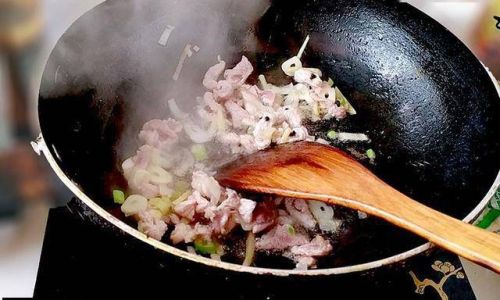
-
Flavor Retention:
Mushrooms contain volatile aromatic compounds that contribute to their umami-rich taste. Rapid immersion in hot water can leach these compounds into the blanching liquid, diluting flavor. Cold-water blanching, by contrast, allows flavors to dissolve more gradually, with less loss. -
Dirt Removal:
Mushrooms grow in soil, and their gills often trap grit. Cold-water blanching provides a two-fold benefit: the initial cold soak loosens dirt, while subsequent heating ensures thorough cleaning without forcing debris deeper into the flesh. -
Nutritional Advantages:
Some studies suggest that slower heating methods retain more water-soluble vitamins (like B vitamins and vitamin C) compared to high-heat blanching. While mushrooms aren’t a primary source of these nutrients, every milligram counts in a balanced diet.
The Case for Hot-Water Blanching
On the flip side, hot-water blanching—dropping mushrooms directly into boiling water—has its own set of merits, particularly in commercial kitchens and fast-paced home cooking:
-
Time Efficiency:
Hot-water blanching is lightning-fast. Mushrooms typically require just 2–3 minutes in boiling water to achieve the desired softness. This method is ideal for prepping large batches or when time is limited. -
Enzyme Deactivation:
Mushrooms contain polyphenol oxidase, an enzyme that causes browning when exposed to air. Hot-water blanching denatures this enzyme almost instantly, preventing discoloration and extending shelf life. This is crucial for restaurants that need to prepare mushrooms ahead of service.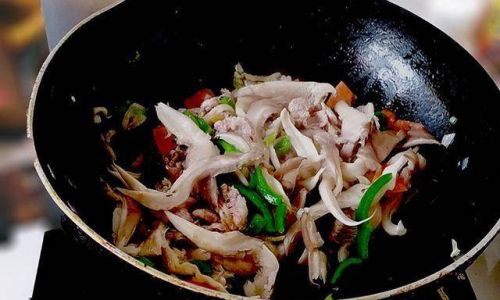
-
Uniform Cooking:
The intense heat of boiling water penetrates mushrooms evenly, ensuring consistent texture throughout. Cold-water blanching can sometimes result in unevenly cooked specimens, with outer layers softer than inner cores. -
Pathogen Reduction:
High temperatures kill bacteria and parasites more effectively than gradual heating. For wild mushrooms or foraged varieties, hot-water blanching offers an added layer of food safety.
Comparing the Two Methods: A Side-by-Side Analysis
To objectively evaluate cold-water vs. hot-water blanching, let’s examine key criteria:
| Criterion | Cold-Water Blanching | Hot-Water Blanching |
|---|---|---|
| Time Required | 10–15 minutes (including heating and cooling) | 5–7 minutes total |
| Texture Outcome | Firmer, retains “bite” | Softer, more tender |
| Flavor Profile | Earthier, more concentrated | Milder, slightly diluted |
| Nutrient Retention | Higher in some vitamins | Slightly lower due to leaching |
| Cleaning Efficacy | Effective for grit removal | Quick but may miss trapped dirt |
| Best Use Cases | Stir-fries, salads, grilling | Soups, stews, freezing, or quick sautés |
Factors Influencing Your Choice
The “right” method depends on several variables:
-
Mushroom Variety:
- Delicate Types (e.g., enoki, oyster): Cold-water blanching prevents them from turning to mush.
- Sturdy Types (e.g., portobello, shiitake): Hot-water blanching can tenderize tough stems without collapse.
-
Recipe Requirements:
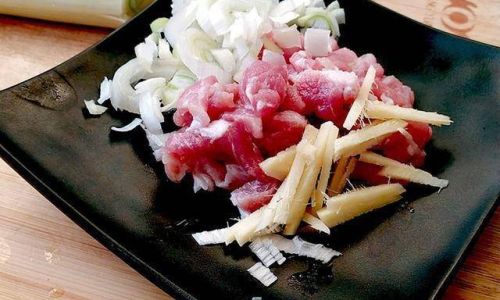
- If mushrooms are the star (e.g., in a salad), cold-water blanching preserves their character.
- If they’re a background ingredient (e.g., in a sauce), hot-water blanching streamlines prep.
-
Storage Needs:
- Blanching before freezing? Hot water kills spoilage organisms, improving shelf life.
- Using mushrooms immediately? Cold water offers better texture.
-
Cultural Traditions:
- In Japanese cuisine, cold-water blanching (called “shimmering”) is favored for delicate enoki in nabemono hot pots.
- Italian chefs often use hot-water blanching for porcini mushrooms destined for dried pasta sauces.
Step-by-Step Guides for Both Methods
Cold-Water Blanching
- Clean Mushrooms: Gently brush off dirt with a damp cloth. Avoid washing, as mushrooms absorb water like sponges.
- Prepare Ice Bath: Fill a large bowl with ice water.
- Heat Water: In a pot, combine mushrooms and cold water (enough to cover by 1 inch). Place over medium heat.
- Simmer Gently: Bring water to a simmer (not a rolling boil). Cook for 5–7 minutes, stirring occasionally.
- Shock in Ice Bath: Transfer mushrooms to the ice bath to halt cooking. Drain once cooled.
- Pat Dry: Use a clean kitchen towel to remove excess moisture.
Hot-Water Blanching
- Clean Mushrooms: Same as above.
- Boil Water: In a pot, bring salted water to a rolling boil (1 tablespoon salt per quart).
- Blanch Mushrooms: Add mushrooms and cook for 2–3 minutes.
- Drain Immediately: Use a slotted spoon to transfer mushrooms to a colander. Rinse under cold water to stop cooking.
- Dry Thoroughly: Spread mushrooms on a baking sheet lined with paper towels.
Common Mistakes to Avoid
-
Overcrowding the Pot:
Mushrooms release steam as they cook. Overcrowding traps moisture, leading to steaming instead of blanching—and a soggy texture. -
Using Fresh Water:
Reusing blanching liquid (now flavored with mushroom essence) in soups or stocks adds depth. Discarding it wastes flavor. -
Skipping the Ice Bath:
For cold-water blanching, the ice bath is non-negotiable. It locks in texture and prevents overcooking. -
Blanching Pre-Sliced Mushrooms:
Slice mushrooms after blanching. Cut edges release moisture, making slices prone to shrinkage.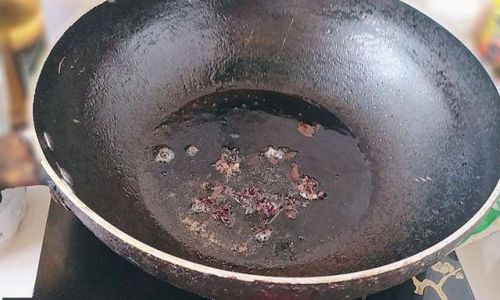
Beyond Blanching: Enhancing Mushroom Flavor
Regardless of your blanching method, consider these tips to elevate mushrooms:
- Sauté After Blanching: A quick sear in butter or oil caramelizes natural sugars, intensifying umami.
- Marinate: Toss blanched mushrooms in a vinaigrette (olive oil, sherry vinegar, garlic) for at least 30 minutes.
- Roast: High heat concentrates flavor. Roast blanched mushrooms at 425°F (220°C) until golden.
The Science of Umami: Why Mushrooms Matter
Mushrooms are a culinary powerhouse thanks to their high glutamate content—a compound that triggers umami receptors on the tongue. Blanching affects glutamate levels:
- Hot-Water Blanching: May slightly reduce free glutamates due to leaching, but the difference is negligible in cooked dishes.
- Cold-Water Blanching: Preserves more glutamates, enhancing the savory “meatiness” of raw or lightly cooked applications.
Environmental and Economic Considerations
Blanching mushrooms also has broader implications:
- Water Usage: Hot-water blanching consumes less energy if you’re boiling water anyway (e.g., for pasta). Cold-water blanching requires heating from scratch.
- Waste Reduction: Reusing blanching liquid as stock reduces kitchen waste.
- Storage Life: Properly blanched and frozen mushrooms last 8–12 months, compared to 3–5 days raw.
Expert Opinions and Cultural Practices
We consulted chefs and mycologists worldwide:
- Chef Yotam Ottolenghi: Prefers cold-water blanching for his Mushroom and Herb Salad, citing “textural integrity.”
- Japanese Chef Naoko Takei Moore: Advocates hot-water blanching for matsutake mushrooms in dobin mushi (steamed soup), as it “mellows their piney aroma.”
- Mycologist Paul Stamets: Warns against blanching wild mushrooms like morels without hot water, to neutralize potential toxins.
Conclusion: The Verdict
There’s no universal “better” method—only context-appropriate choices:
-
Choose Cold-Water Blanching when:
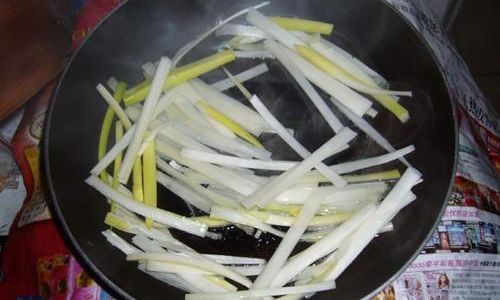
- Texture is paramount (e.g., in salads or grills).
- You’re working with delicate varieties.
- Maximizing flavor retention is critical.
-
Choose Hot-Water Blanching when:
- Speed and efficiency are priorities.
- Ensuring food safety (e.g., wild mushrooms).
- Prepping for freezing or long-cooked dishes.
Ultimately, the best approach is experimental. Try both methods with the same mushroom variety and recipe, then decide which result aligns with your palate and needs. Whether you’re a cold-water purist or a hot-water convert, one truth remains: blanching transforms mushrooms from mere ingredients into culinary stars.
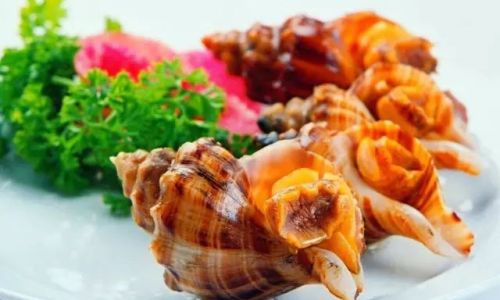

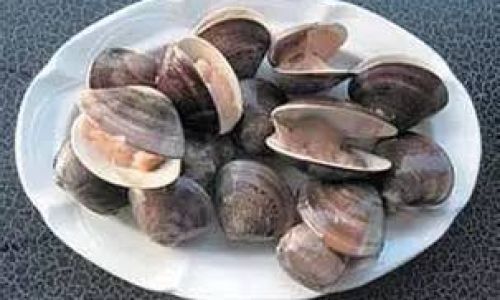
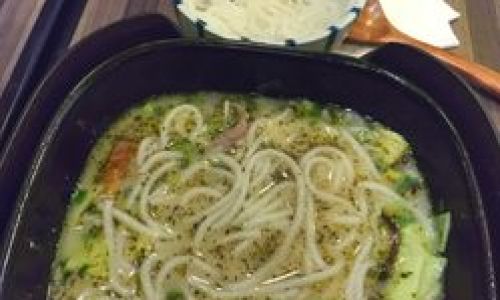
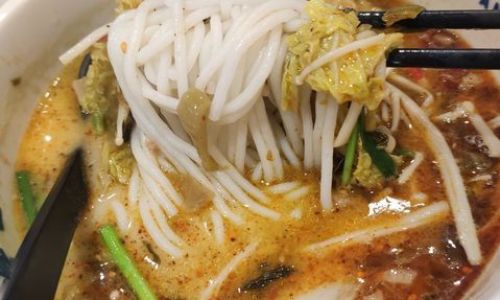
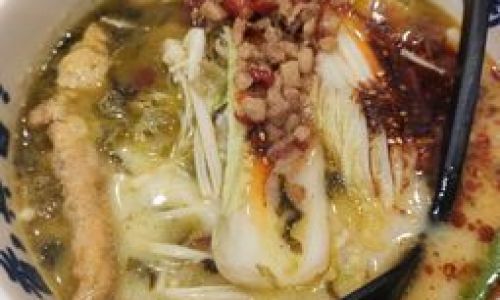
0 comments